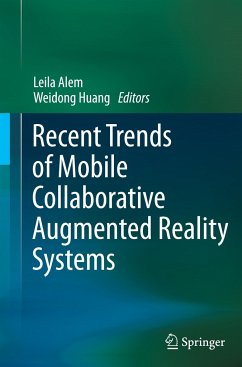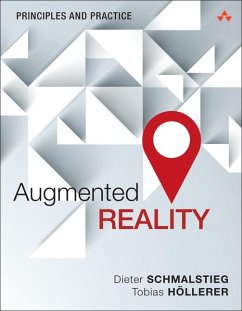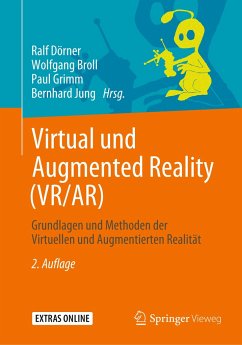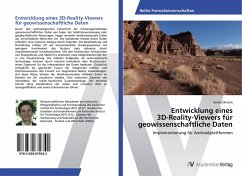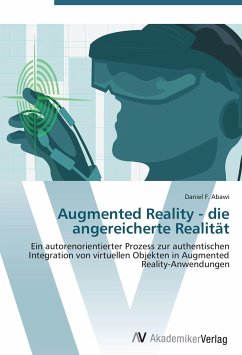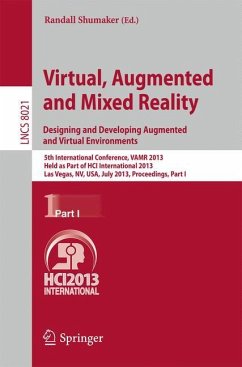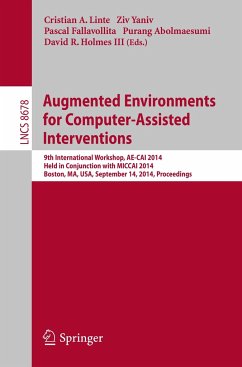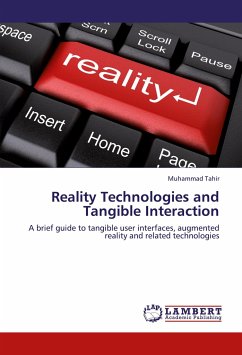
Reality Technologies and Tangible Interaction
A brief guide to tangible user interfaces, augmented reality and related technologies
Versandkostenfrei!
Versandfertig in 6-10 Tagen
39,99 €
inkl. MwSt.

PAYBACK Punkte
20 °P sammeln!
As the computer applications are growing day by day, the demand to interact with them, in an intuitive manner, is increasing. Along with traditional input devices like mouse or keyboard new devices are continuously emerging which provide unique ways of interaction. Certain of these devices exploit the concepts of Augmented Reality (AR) and Tangible User Interfaces (TUIs). Thus, in order to better understand those devices and the interaction involved, it is first required to know the basic concepts behind AR and TUIs. This book Reality Technologies and Tangible Interaction: A Quick Start Guide ...
As the computer applications are growing day by day, the demand to interact with them, in an intuitive manner, is increasing. Along with traditional input devices like mouse or keyboard new devices are continuously emerging which provide unique ways of interaction. Certain of these devices exploit the concepts of Augmented Reality (AR) and Tangible User Interfaces (TUIs). Thus, in order to better understand those devices and the interaction involved, it is first required to know the basic concepts behind AR and TUIs. This book Reality Technologies and Tangible Interaction: A Quick Start Guide covers these aspects at basic level. The ideas behind AR and TUIs and their merger which is Tangible Augmented Reality (TAR) are described and are backed-up with comprehensive literature review. This book acts a simple quick start guide and points to further related resources. This book could be a valuable resource for people working in the domain of human computer interaction, augmented reality, interaction design, and the beginners in the field of tangible and augmented interaction.



